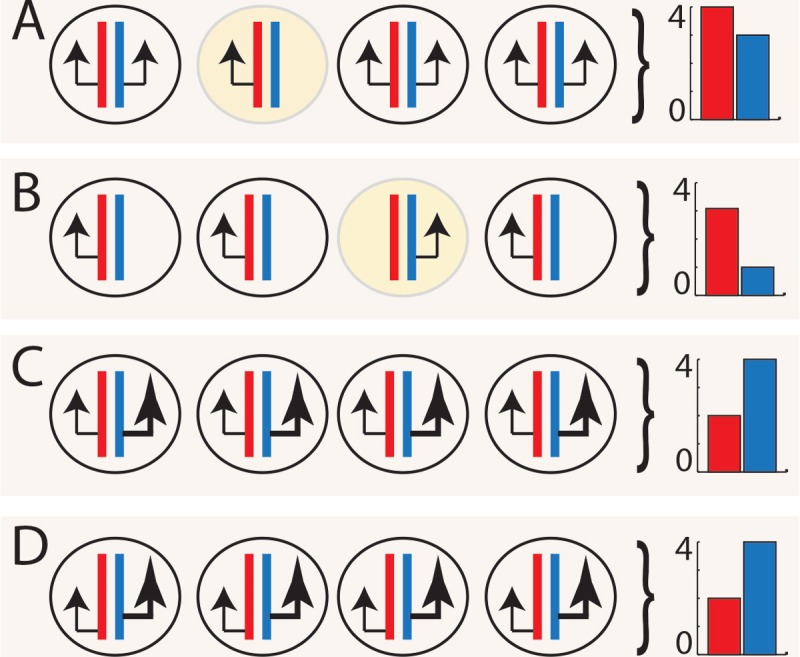Figure 3. Potential parent-of-origin effects on allele-specific expression at the cellular level.

This schematic illustrates different models by which non-canonical imprinting effects, which involve biases to express either the maternal or paternal allele at the tissue level (bar plots; red, maternal allele expression; blue, paternal allele expression), could emerge at the cellular level. (A) An allele-specific expression bias could emerge because of silencing of one parental allele in a subpopulation of cells. (B) A bias could emerge because of random monoallelic expression effects that are skewed toward the selection of one parental allele over the other. (C) A bias to express one parental allele over the other could exist in all or most cells expressing the non-canonically imprinted gene. (D) The non-canonical imprinting effect could arise at the gene level because of the expression of distinct and overlapping isoforms from the maternal versus the paternal allele, with one isoform expressed at a higher level.
